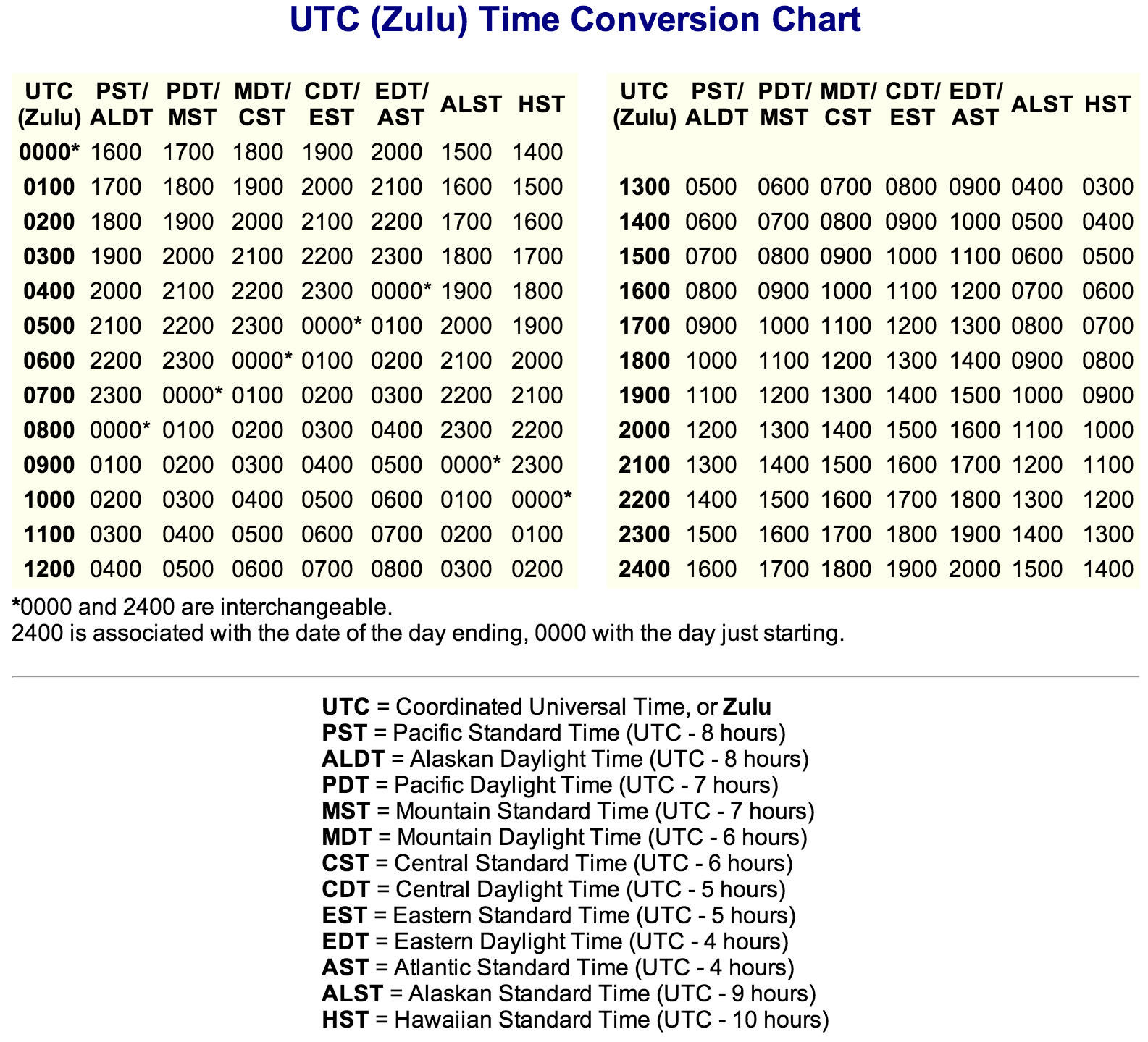

In the section names, the letter after the offset is that used in nautical time. Note that there are many instances of unofficial observation of a different offset (and/or DST) than expected by areas close to borders, usually for economic reasons. A source for detailed DST and historical information is the tz database. Places that observe daylight saving time (DST) during their respective summer periods are listed only once, at the offset for their winter (usually known as "standard") period see their individual articles for more information. UTC+01:00) or the country-specific time articles (e.g. Information on daylight saving time or historical changes in offsets can be found in the individual offset articles (e.g. The main purpose of this page is to list the current standard time offsets of different countries, territories and regions. It includes countries and regions that observe them during standard time or year-round. Sorry for the short version (out of time for now)This is a list of the UTC time offsets, showing the difference in hours and minutes from Coordinated Universal Time (UTC), from the westernmost (−12:00) to the easternmost (+14:00). In the ISVA reverse proxy: Kubernetes - the time in the pod (-2h) Host timeįrom ISVA reverse proxy: ltpa-login to backend (same as above) error seen in log "Invalid Security token" :-( In the test Web reverse proxy : Docker compose - the time in the container matches that of the Host.įrom test web reverse proxy: ltpa-login to backend (also local time) works. If you have logs for a specific failure then please share something. Using network time to keep all times correct is recommended. Make sure that the time is correct for the timezone that is set. If you find that things are going wrong, and you suspect time differences are the issue, it's more likely that the source and destination systems have differentĪbsolute times set. These should all be set based on UTC regardless of the timezone. The timezone setting should not impact the times associated with cookies or tokens created by Verify Access. The remedy to that problem would be to scrap the cluster restart it with our local timezone and redeploy all charts (from scratch).

>Looking at the internals of the Verify Access charts, it doesn't look like this is being set and so some default will be used (I hope that's UTC).Īctually I think it will be the timezone of the Kubernets Cluster that is used if no overide is done in the pod deployment.Īgain unfortunately (for us), the documentation for setting up Kubernetes clusters doesn't emphasize the need to consider s not very clear so pods deployed to our cluster are running UTC. The Kubernetes cluster runs with timezone "UTC". How do we set the correct ("Europe/Stockholm" in our case) timezone for "config/runtime/admin/reverse proxy" pods, when deploying from the IBM Chart github repo?
#Utc time chart free
Something we can look at in the future.įeel free to open an ISSUE on GitHub or happy to get a PULL request from you if you want to add it into the charts yourself :) I think this is an oversight - the charts will have to be updated to have timezone as an optional input parameter to be passed into all deployment definitions. Looking at the internals of the Verify Access charts, it doesn't look like this is being set and so some default will be used (I hope that's UTC).

The timezone for a Verify Access container (used when writing time into logs etc.) is set based on environment variable CONTAINER_TIMEZONE. Subject: timezone when deploying Helm charts


 0 kommentar(er)
0 kommentar(er)
